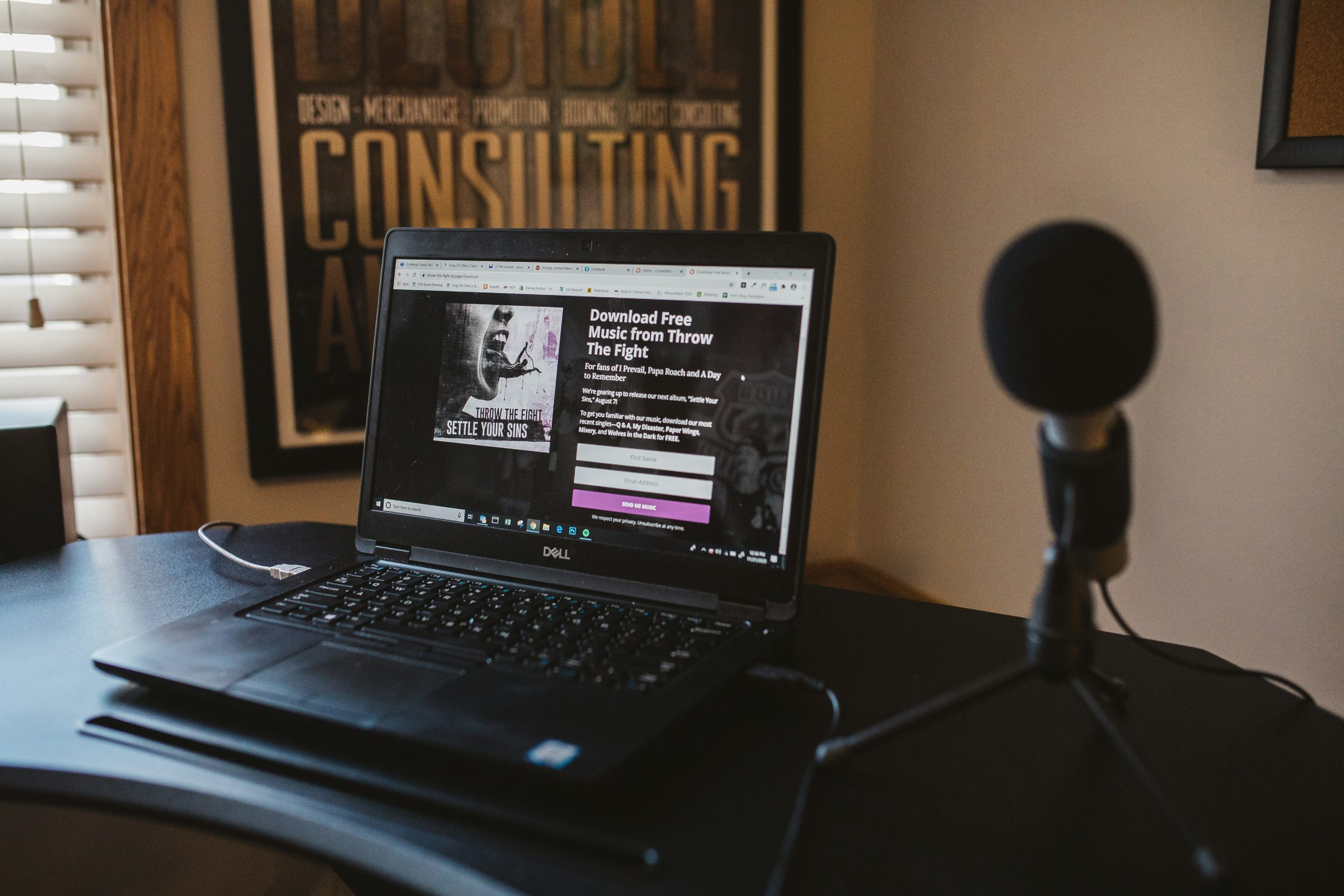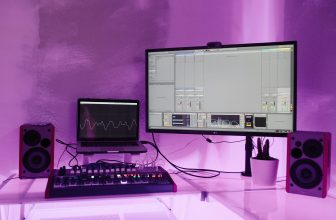
In the digital age, content is king and video content reigns supreme. Among the many tools marketers use, screen recording stands out for its versatility, clarity, and ability to communicate information quickly and effectively. Whether you’re demonstrating software, creating tutorials, or engaging with your audience via social media, screen recording can elevate your marketing strategy to a whole new level.
Let’s explore 10 tips and tricks to help you master screen recording for marketing success.
1. Define a Clear Purpose Before Recording
Before you press the record button, ask yourself: What is the goal of this screen recording? Is it to educate your audience, showcase a product, or provide a how-to guide? Clarity on the objective ensures your recording remains focused and valuable. Always create a script or outline to keep your message clear and structured.
2. Choose the Right Screen Recording Software
There are many screen recording tools available some free, some premium. Popular choices include:
- OBS Studio – Great for advanced users looking for free, open-source recording.
- Camtasia – Ideal for creating professional-quality videos with built-in editing.
- Loom – Excellent for fast, casual screen recordings with voiceovers.
- Screencast-O-Matic – User-friendly and perfect for educators and marketers.
Choose a tool based on your technical comfort level, features needed, and the platforms you’re targeting.
3. Keep It Short and Engaging
Audience attention spans are short. Aim to deliver your core message within 2 to 5 minutes. If you must create a longer video, break it into digestible parts or chapters. Add visual cues like zoom-ins or highlights to emphasize key points and keep viewers engaged.
4. Record in High Resolution
Poor-quality visuals can turn viewers away instantly. Record in at least 1080p resolution to ensure clarity, especially when showcasing software features or websites. Blurry or pixelated content reduces credibility and professionalism.
Before recording, clean your desktop, close unnecessary tabs, and disable notifications to prevent distractions in your footage.
5. Use Voice Narration Effectively
A well-paced voiceover can dramatically enhance viewer engagement. Speak clearly, use a friendly tone, and match your pace with the on-screen actions. If possible, use an external microphone instead of your laptop mic to capture high-quality audio. Consider writing a script in advance and practicing it to avoid filler words and long pauses.
6. Incorporate Branding Elements
Your screen recording should reflect your brand identity. Add your logo, brand colors, and intro/outro segments to establish consistency. Tools like Camtasia and Final Cut Pro allow you to insert these elements easily.
Additionally, make sure the tone of your narration and visuals aligns with your brand’s personality be it professional, casual, fun, or tech-savvy.
7. Edit for Clarity and Flow
Raw recordings often contain mistakes, awkward pauses, or background noise. Use video editing software to:
- Trim unwanted sections
- Add annotations or on-screen text
- Include transitions or effects for smoother flow
- Insert royalty-free music to enhance mood
Editing ensures your content is polished, concise, and impactful.
8. Use Call-to-Actions (CTAs)
Every marketing video should guide the viewer to take action. Whether it’s “Subscribe now,” “Download the app,” or “Visit our website,” always include a clear CTA at the end of your recording.
You can place CTAs using:
- On-screen text
- Voice narration
- Interactive buttons (for some platforms)
Make the next step easy and compelling.
9. Repurpose Content Across Platforms
One screen recording can serve multiple purposes. For example:
- Upload full tutorials to YouTube
- Cut short clips for Instagram Reels, TikTok, or LinkedIn
- Embed the video in your website’s landing page
- Use as part of an email marketing campaign
Repurposing content increases ROI and reaches different segments of your audience.
10. Track Performance and Optimize
Finally, don’t just upload and forget. Monitor how your screen recordings perform using analytics tools. Platforms like YouTube and Vimeo provide insights such as:
- View count
- Watch time
- Engagement rate
- Click-through rate on CTAs
Use these metrics to refine your future videos understanding what your audience likes, where they drop off, and what drives conversions.
Bonus Tips
A. Practice Makes Perfect
Even if your first few recordings feel awkward, don’t worry. With practice, your delivery will become smoother, and your editing skills will improve.
B. Use Subtitles
Adding subtitles ensures accessibility for all users, including those watching without sound. It also helps with comprehension for non-native speakers.
C. Stay Updated with Trends
Screen recording is evolving. From interactive videos to AR-enhanced tutorials, stay updated with trends to keep your content modern and competitive.
Conclusion
Screen recording is a powerful, cost-effective marketing tool that allows businesses to connect with audiences through visual storytelling. By applying the tips above from choosing the right software to editing, branding, and analyzing results you can craft compelling videos that educate, inspire, and convert.
In a world where attention is currency, engaging screen recordings can make your brand stand out. So grab your mic, hit record, and start turning your screen into your stage.









